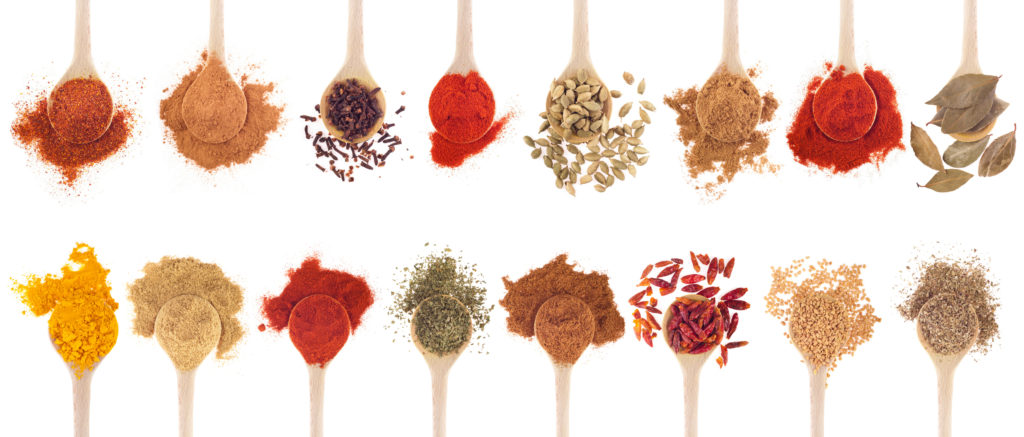A Lead on LEEB.
Back in 2017 we were arguably ahead of the game in publishing our article entitled “Spice Manufacturing: Racking up the Contamination Violations.” Given that it was received with great interest by our community we are excited to call attention to a similar piece in the April/May issue of Food Safety Magazine. “Winning the Fight Against Pathogens on Spices” is an enlightening exposition that definitely merits a closer look for anyone working in, or with an interest in, sterilization and contamination control in the food industry. According to this article, the use of a low-energy electron beam (LEEB) is showing great promise in the perpetual battle to combat microbial and bacterial contamination. Indeed, LEEB may well offer an almost perfect alternative to the potentially harmful use of chemically-, thermally-, or Gamma irradiation-based sterilization techniques. But before you head out to read Food Safety Magazine’s excellent piece, let’s take a quick look at what is meant by LEEB and why it is significant.
LEEB – low energy electron beam – technology is scarcely new, in fact it has been around for decades. However, it came to prominence with the increased global demand for non-native food items – remember how sushi suddenly went mainstream in the 90s or how the burgeoning internet connected us with exotic ingredients like Tahitian vanilla extract or French raclette cheese? Heady days indeed. But such items remained subject to a plethora of quality and safety requirements, as did foods exported from the U.S. to countries that prohibited the use of certain chemicals integral to decontamination processes. And this is when irradiation – at a low-energy level – entered the field. We know that high-energy electron beam (HEEB) irradiation uses electrons between 5 and 10 MeV (megaelectronvolt) but LEEB is different in exploiting ‘soft electrons’ – those of just 0.3 MeV – generated in a vacuum using an electron beam lamp and a tungsten wire. This approach is doubly significant insofar as it offers maximum decontamination with minimal effects on overall food quality and also lowers the demands on resources such as water and energy while offering greater protections to those working with the technology.
Are you intrigued about the new breakthrough use of LEEB in contamination control? We highly recommend reading “Winning the Fight Against Pathogens on Spices” in Food Safety Magazine. And you can tell them we sent you!

